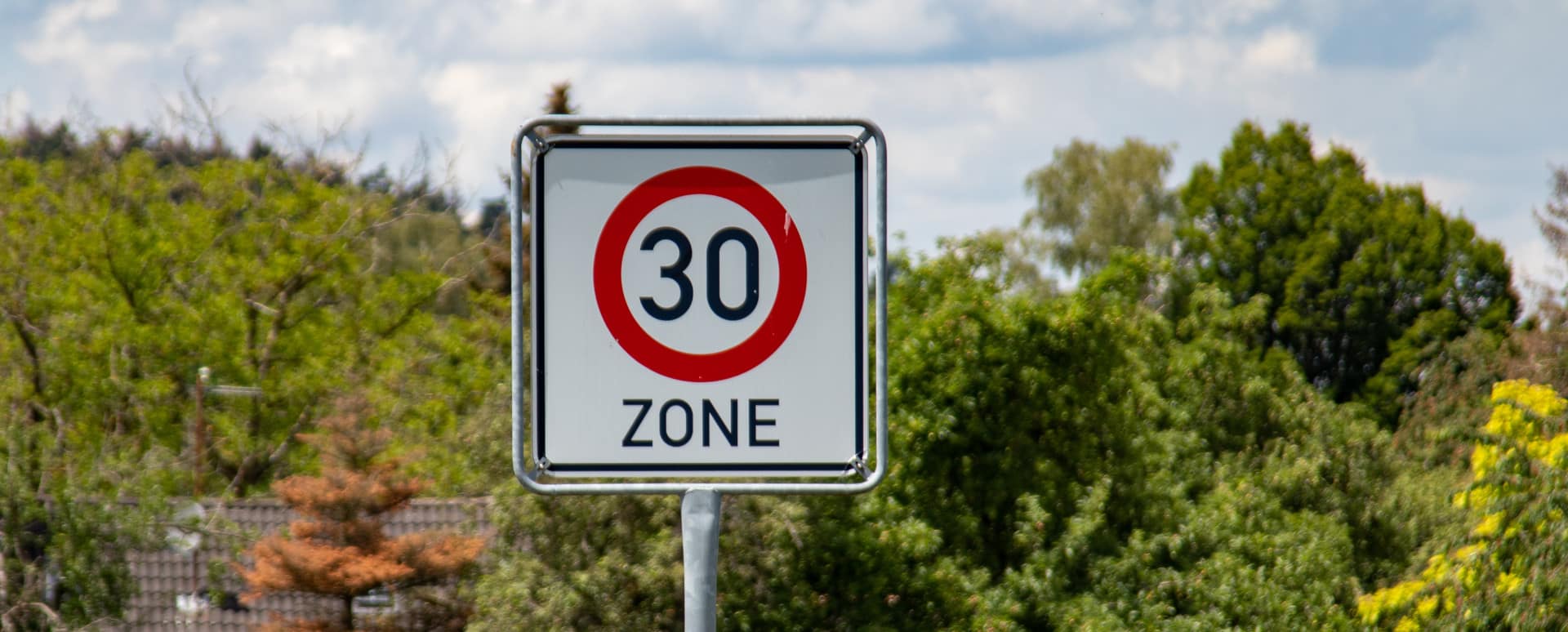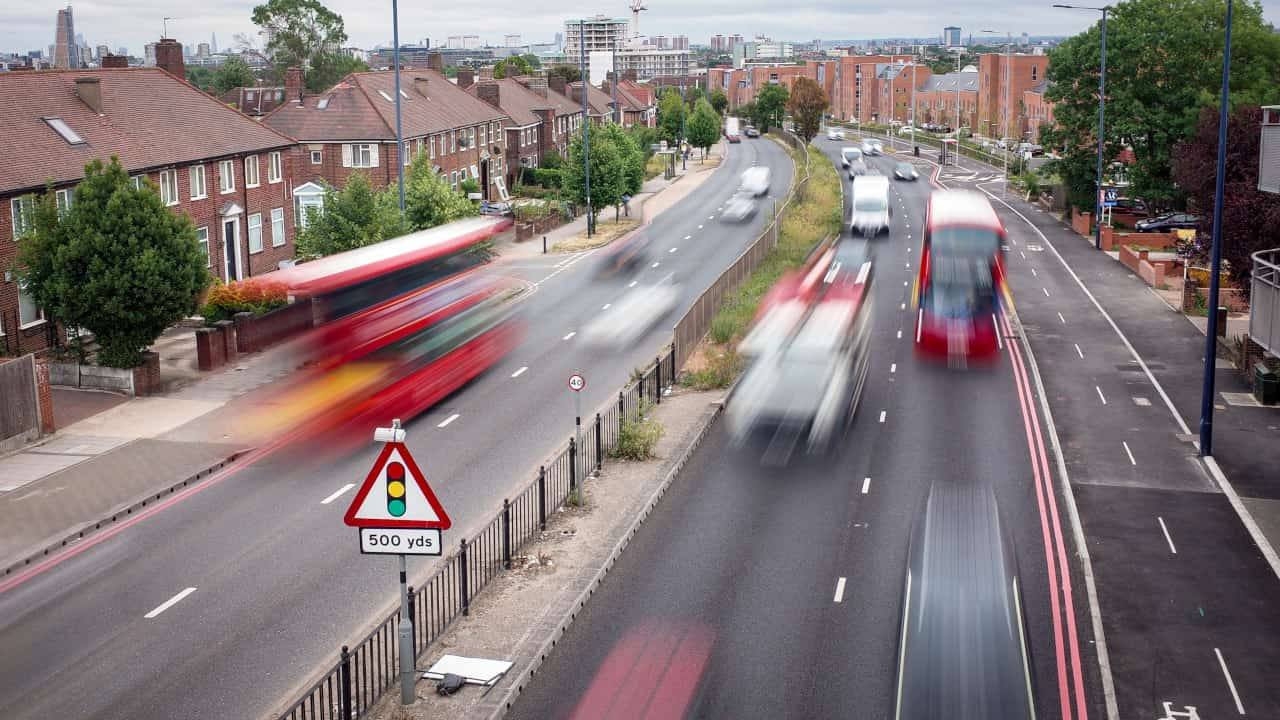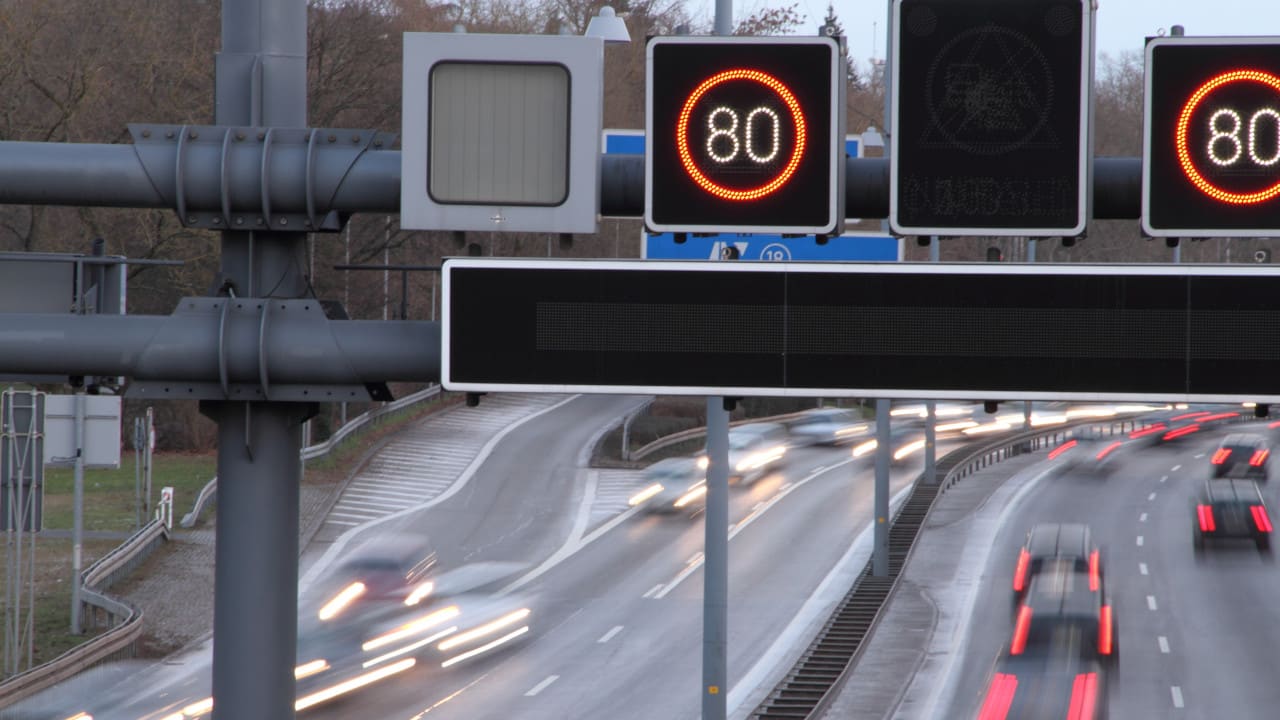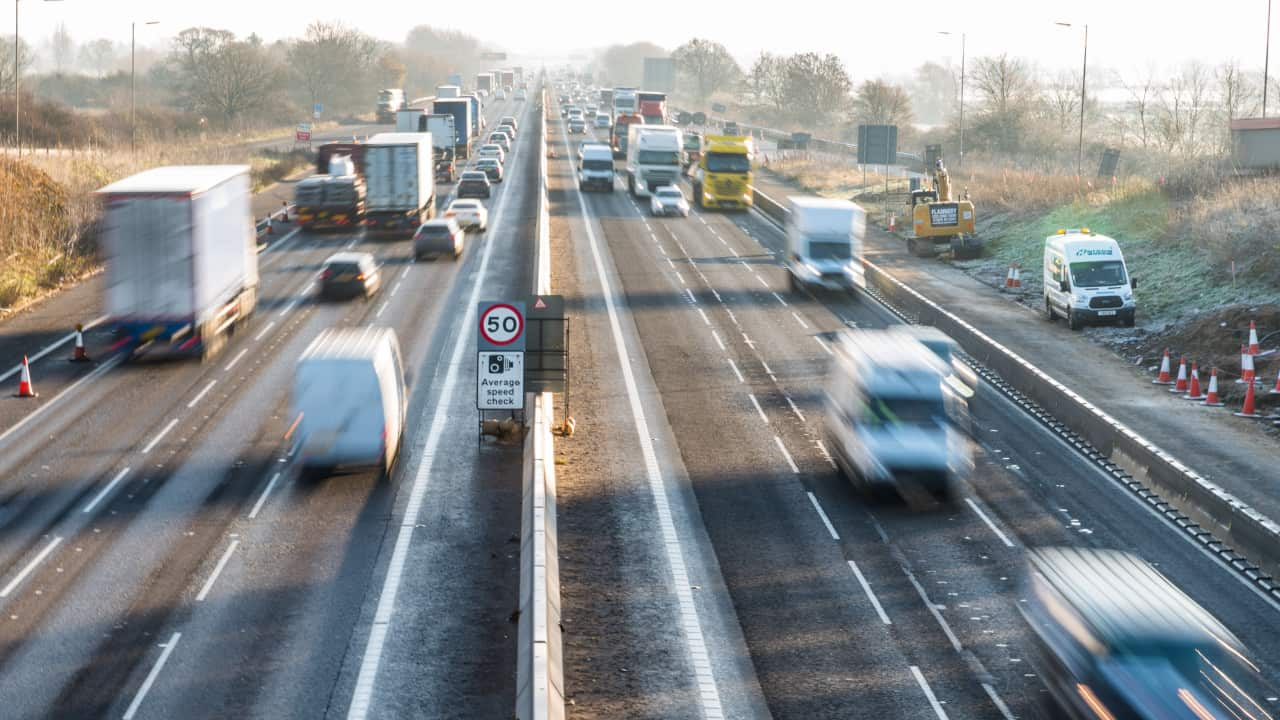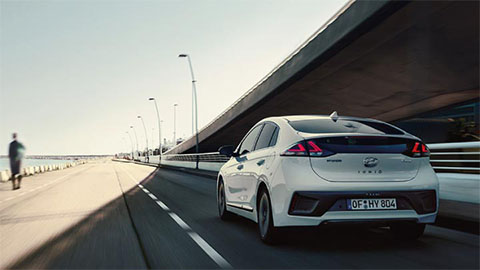UK Speed Limits Explained
15th Feb 2024
By Ellie Brown
UK Speed Limits
Speed limits are an essential aspect of road safety, designed to protect drivers, passengers, and pedestrians from road accidents.
Understanding the speed limits in the UK is crucial for all road users to ensure a safe and efficient transportation system.
In this comprehensive guide, we'll break down the different categories of speed limits in the UK, explore the rationale behind them, and provide insights into their implications for responsible driving.
Contents
- What are the speed limits in the UK?
- Variable speed limits
- National speed limits
- Speeding penalties
- Temporary speed limits
- Frequently asked questions
What are the speed limits in the UK?
The UK has a tiered system of speed limits that apply to different types of roads. Understanding these general speed limits is fundamental to responsible driving.
Built-Up Areas
Within residential and urban areas, the fixed speed limit is generally set at 30mph. This ensures the safety of pedestrians and minimises the severity of potential accidents.
Within built-up areas, where residential and commercial properties are, the speed limit is typically set at 30mph. This limit aims to enhance safety for pedestrians and reduce the severity of accidents in densely populated zones.
Single Carriageway Roads
On single carriageway roads, where traffic flows in both directions, but there is no physical separation between lanes, the speed limit is usually 60mph. This acknowledges the increased risk associated with overtaking and the presence of oncoming traffic.
Dual Carriageway Roads
Dual carriageway roads, with a physical barrier separating traffic in opposing directions, often have a higher speed limit of 70mph. This reflects the improved safety conditions compared to single carriageways.
Motorways
Motorways, designed for high-speed travel, typically have a speed limit of 70mph. However, some sections may have variable speed limits displayed on electronic signs to manage traffic flow and respond to specific conditions.
Variable Speed Limits
In recent years, the implementation of variable speed limits on certain motorway sections has become increasingly common. These limits are displayed on overhead gantries and can change dynamically based on traffic conditions, weather, and incidents.
It's crucial for drivers to pay attention to these variable limits to ensure safety and compliance with the law.
National Speed Limits
The national speed limit in the UK serves as a standardised framework for roads without specific speed limit signs. On single carriageway roads, the limit is 60mph, while dual carriageways have a limit of 70mph.
The rationale behind this lies in fostering predictability, a harmonious driving environment, and, most importantly, safety. By appreciating the delicate balance between efficiency and security, drivers contribute to a safer road network.
Vigilance and adaptability are key, especially in adverse weather conditions, ensuring a responsible and enjoyable driving experiences on the diverse roads of the UK.
Speeding Penalties
Speeding penalties in the UK are consequences for exceeding speed limits, aiming to ensure road safety, including:
- Fines: Variable fines based on the severity of the violation.
- Points on your licence: Addition of points to the driving licence corresponding to the extent of the offence.
- Driving Ban: Possible for repeated or severe violations.
Understanding these penalties underscores the importance of responsible driving, adherence to speed limits, and contributing to a safer road environment.
Temporary Speed Limits
Temporary speed limits are crucial adjustments to regular speed regulations, often implemented in specific scenarios to enhance safety. Drivers may encounter these limits in areas undergoing construction, road maintenance, or responding to accidents.
The primary objective is to protect both road users and workers by reducing speed in potentially hazardous zones. Electronic signs or traditional speed limit signs adorned with orange borders typically indicate these temporary restrictions.
Adhering to these limits is essential, as they are specifically tailored to address the dynamic conditions of construction zones or temporary road alterations, ensuring a secure passage for all on the affected stretch of road.
Frequently Asked Questions
Speed cameras use various technologies, such as radar, laser, or inductive loops, to detect the speed of passing vehicles. When a vehicle exceeds the preset speed limit, the camera captures an image, and a notice of intended prosecution may be issued to the vehicle owner.
The national speed limit varies: 60 mph on single carriageway roads and 70 mph on dual carriageways and motorways in the UK. Understanding these limits is crucial for safe and legal driving.
A speed limiter is a device that restricts a vehicle's speed to a preset limit. This technology is often used in commercial vehicles to enhance safety and compliance with speed regulations.
While emergencies may justify exceeding speed limits to a certain extent, it is essential to prioritise safety. Drivers should exercise caution, use emergency services responsibly, and be aware that exceeding speed limits still carries legal consequences.
While there is no specific law enforcing minimum speed limits in the UK, driving too slowly can be considered dangerous and may lead to penalties if it impedes the normal flow of traffic. It is crucial to drive at a speed appropriate for road conditions to ensure safety for all road users.
Understanding speed limits in the UK
Whether you're driving in city streets or on motorways, understanding speed limits ensures drivers are adhering to laws and staying safe.
By understanding the intricacies of speed limits, respecting restrictions, and embracing a commitment to road safety, you play a pivotal role in creating a secure driving environment for everyone on the road.
To learn more about the laws of driving in the UK, visit our blog section, which is regularly updated with new insights and driving guides.

